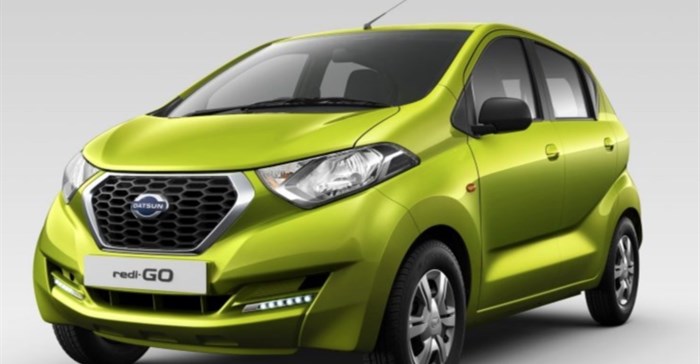Looking at the changes taking place in the local car buying circles, the 2017 motoring year will mark the entrenchment of value-added, stylish cars in the South African market.
The 2017 motoring year promises to be challenging for South African drivers. Against the undoubted appeal of new cars and exciting technologies, lie the practical issues - the fact that the economy is under-performing, household budgets remain under pressure and car-related costs are rising.
The good news, though, is that South Africans are practical people who will not allow their passion for vehicles to be dimmed by what are, after all, cyclical events that will change in the future.
Tough times ahead for the local car industry
For the local car industry times will be tough in 2017. However, as is the case in most economic downturns, the market for luxury vehicles will be slightly dented but will remain fairly buoyant.
For many, the demand of the times will see a shift in purchasing patterns. The pre-owned market will perform better. There will also be greater opportunities for manufacturers of 'A' and 'B' segment cars. For Datsun South Africa, this will mean increased opportunities for the Datsun GO entry-level sedan, and the more recently introduced Datsun GO+ multi-purpose vehicle (MPV).
Practical and socio-economic issues
Naturally, practical issues, primarily affordability and maintenance costs, play a part in the purchasing of these cars. Socio-economic issues also cannot be discounted.
The introduction of value-added vehicles has opened new classes of car ownership in South Africa; more people in the emerging middle class have acquired cars of their own. This has translated directly into mobility, fewer hours spent commuting and more opportunities to participate in the economy.
Besides improved economic opportunities, this is creating a larger base of motorists who will be looking into ‘buying-up’ from ‘A’ segment to ‘B’ segment as their family circumstances change.
But for the average motorist, it is the competitiveness of the ‘A’ and ‘B’ markets themselves that are building the growing popularity of these cars.
Competitiveness will create ongoing interest
In 2017 and beyond it is competitiveness that will create ongoing interest in these categories.
The simple reason is that the word ‘utility’ has disappeared from the descriptor used for these cars. Instead of being a basic shell, offerings in today’s ‘A’ and ‘B’ markets have features that were, not so long ago, the preserve of more luxurious vehicles. Driving pleasure and versatility have also reinforced the value that drivers see in these two segments.
With model availability being reviewed and expanded, natural ‘in brand’ growth is also accommodated for. Buying a Datsun GO in the ‘A’ segment no longer restricts a buyer to looking elsewhere when considering an upgrade. Moving into a Datsun GO+ MPV, which also - competes in the ‘A’ segment, as family requirements dictate becomes natural. The benefits of staying with a particular marque, which includes generally higher trade-in values, make the transition easy - especially where one’s pocket is concerned.
There is more to owning a car
Savvy buyers are also recognising that there is more to owning a car than just the costs of the car itself. The added costs of insurance, maintenance and repairs also have to be considered as part of the bigger picture. It is here that the practical reinforces the pleasure of driving.
It is comforting to know that spares availability is backed by a national network of dealers and that maintenance costs won’t break the bank.
In 2016, the Datsun GO was acknowledged in the authoritative Kinsey Report as the country’s most affordable car. For the second year in a row, the Datsun GO was assessed in three categories. These were:
- Category A (Service Items): covering everyday replaceable items, such as air filters, spark/glow plugs, brake pads/shoes and wiper blades.
- Category B (Repair Parts): covering major items, such as cam belts, shock absorbers, clutch and pressure plates, flywheels, and fan belts.
- Category C (Crash Parts): this looks at major replacement body costs, such as bonnets, grilles, doors, fenders and bumper skins, and light assemblies.
The local market in South Africa began turning towards the benefits of the broadly categorised ‘city car’ sector (‘A’ and ‘B’ segments) about four years ago. Datsun entered this market with the GO in 2014 and believes that, as long as motorists seek value, the sector will remain a force to be reckoned with in the future.
































